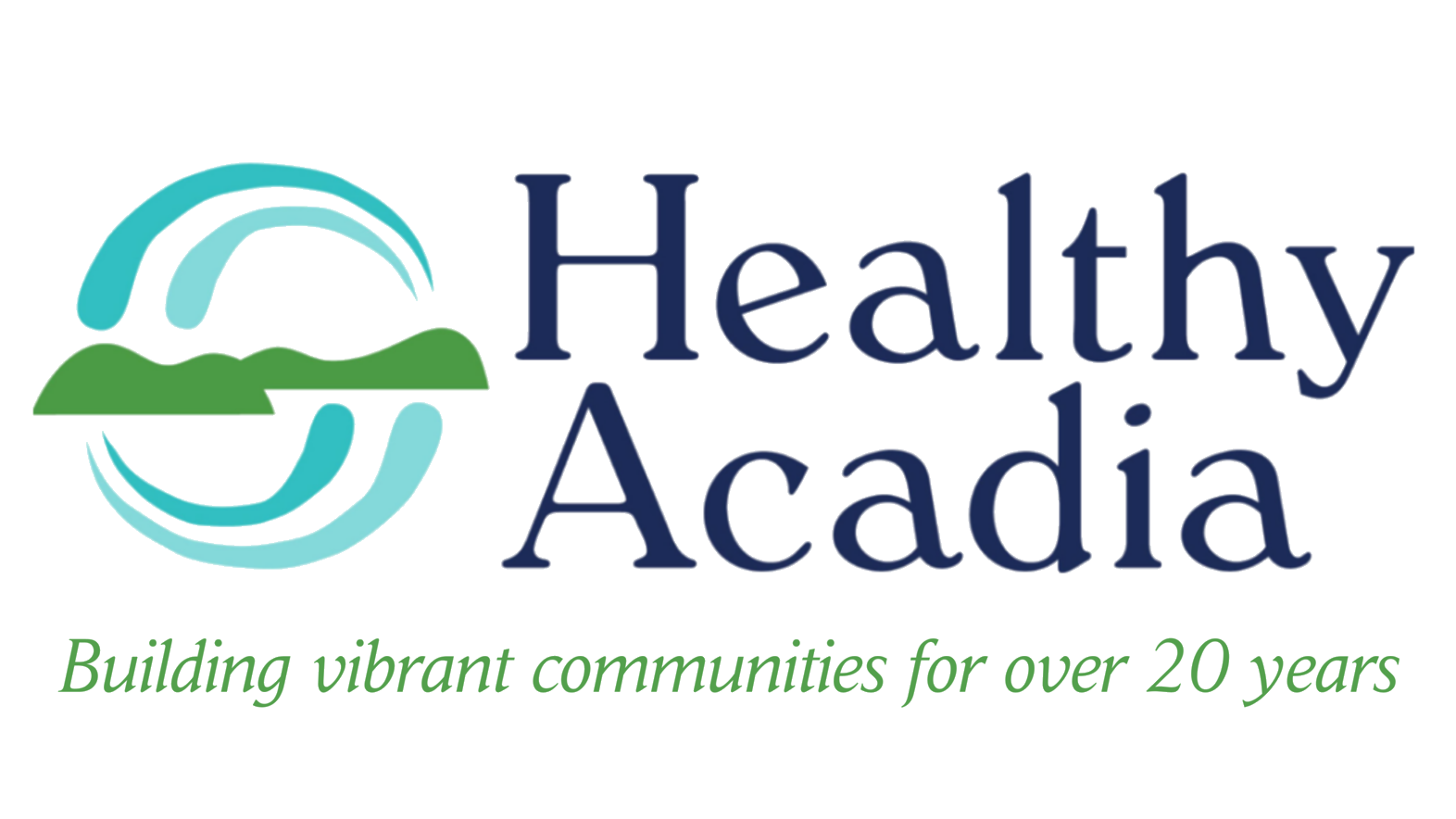COVID-19 News and Updates
Hello all,
Nina Duggan here with the latest COVID-19 news and updates.
This week we will be discussing when to get your booster after an infection, updated information on reducing long COVID risk, and a summary of rebound infections.
COVID Communication:
After A COVID Infection, When Do You Get Your Bivalent Booster Shot?
A common question about COVID-19 vaccination is how long you should wait after testing positive for COVID-19 to receive your bivalent booster. Is it even necessary if you’ve been infected? The short answer is yes, it’s an important part of your healthcare. A COVID infection does provide protection for a bit, but it wanes over time and doesn’t provide as good protection against serious illness and hospitalization in the long run.
If you have had an infection, the booster still offers important added benefits against repeat infection. The CDC currently recommends waiting 3 months after being infected with COVID-19 to get the updated bivalent booster.
For the full post see COVID Vax Project’s “Question of the Week”
What We Know About COVID Rebound Infections
COVID-19 rebound infections are defined as a recurrence of symptoms or a new positive test 2-8 days after testing negative from the first infection. This is still a phenomenon we don’t entirely understand, but the information we have so far is as follows:
Not all rebound cases are symptomatic.
Rebound cases occur in those who take Paxlovid and those who don’t, it is not unique to the treatment.
The likelihood of rebound cases appears to be slightly higher after taking Paxlovid (exactly how much higher is still not clear).
The immune response in patients who took Paxlovid and had a rebound case suggests that it’s not happening because the treatment is too short.
Paxlovid is still one of our most effective treatments, and shouldn’t be avoided because of concerns about rebound cases. If you become symptomatic again after recovering from a case of COVID-19, make sure to test again, especially if you’re going to be around individuals particularly vulnerable to severe disease.
For the full post see COVID Vax Project’s “Question of the Week”
COVID in the News:
State of COVID-19 in Maine
COVID-19 hospitalizations have fallen to their lowest rate since last April. There are currently 92 people hospitalized with COVID-19 across the state, down from 121 last Tuesday. 13 people are in ICUs.
For more information, see: Bangor Daily News “Maine’s COVID-19 hospitalizations have fallen to their lowest level in a year”; Maine CDC “COVID-19 Maine Data”
Long COVID: What We Know So Far About Reducing Risk
Long COVID has been the focus of a lot of communication lately around COVID-19, particularly due to its implications as far as disability following the pandemic. Some of the ways to avoid risk may seem self-evident (avoid getting a COVID-19 infection) but others are a little less obvious:
1. Avoid a COVID-19 Infection: the CDC estimates that roughly 1/5th of individuals who have had COVID in the U.S. may currently have long COVID. Any measures you can take to reduce the risk of getting an infection will help reduce your risk of long COVID.
2. Get Vaccinated: Vaccinations reduce the risk of long COVID. Estimates at present say a COVID vaccination reduces the risk of long COVID by roughly 43%.
3. Seek Paxlovid Treatment: New data is suggesting that Paxlovid treatment early on in an infection (within the first 5 days of testing positive) may reduce the risk of long COVID by 23%. Trials are also suggesting that Paxlovid may help those who already suffer from long COVID.
4. Metformin May Help: Metformin, a low-risk drug commonly prescribed for diabetes, appears to help reduce the risk of long COVID by 43%. This benefit seemed to be most significant in those who are unvaccinated.
5. Lifestyle Factors May Affect Risk: A small study looked at several lifestyle factors in place prior to a COVID-19 infection, including:
a. BMI
b. Never smoking
c. At least 150 minutes/week of moderate exercise
d. High-quality diet
e. Moderate alcohol consumption
f. Adequate sleep (7-9 hours per day)
Having any one of these factors decreased the risk of long COVID, and having more than one of these factors reduced the risk further (though the risk was never zero). Adequate sleep/rest further proved to significantly improve symptoms in those already dealing with long COVID.
There is still much we don’t know about long COVID, more data is required and research is ongoing. We also don’t know precisely how much risk is affected by repeat infections. When considering what of the above options to implement, speak to your doctor or medical provider. These prevention mechanisms we do have are surrounded by health inequities, and are only readily available to those who have access to Paxlovid, Metformin, paid sick leave, time, money, and the overall ability to implement the above lifestyle factors.
The best way to combat long COVID at present is to both protect yourself through vaccination and prevention measures and to listen to and support disability advocates currently working to change U.S. healthcare policies.
For the full post and references see “What Do We Know About What May help reduce The Risk of Long COVID?” by Dr. Elizabeth Marnik
For the full review of the data surrounding rebound infections, see this summary by Dr. Annicka Evans “COVID Rebound: What Do We Know”.
Sign up here to receive Nina’s COVID-19 updates via email.
Follow Healthy Acadia on TikTok (@healthyacadia) for more updates!
If you or anyone you know have questions or concerns about COVID-19 or the available vaccines please call or text our COVID-19 Peer Support Line at 207-271-6023, Monday through Friday, 10 a.m. to 7 p.m.
